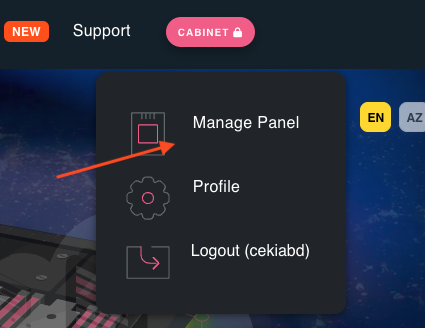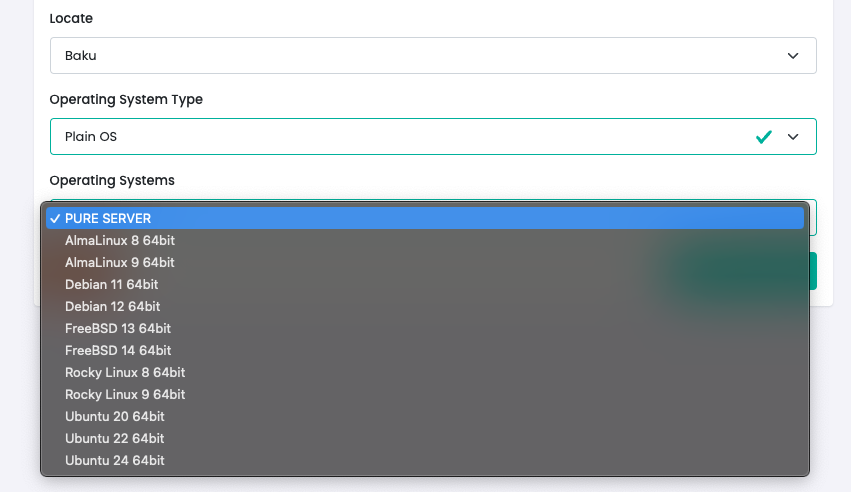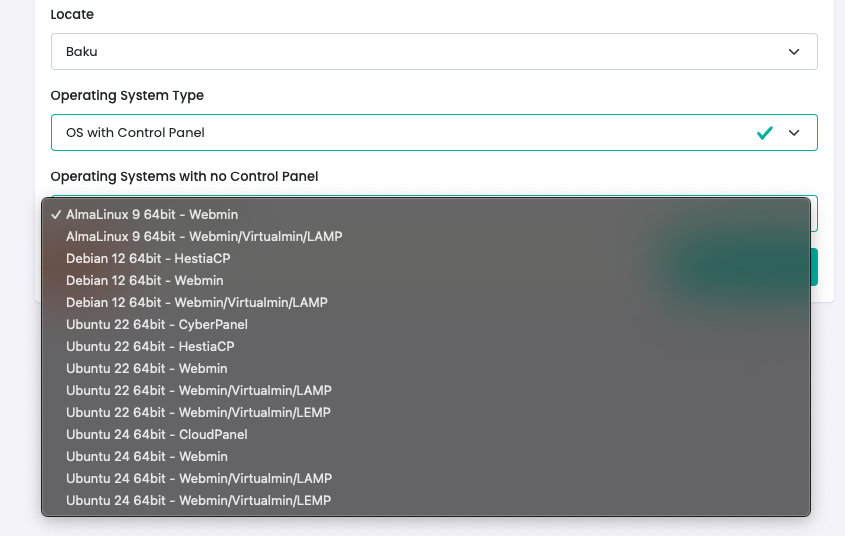VPS/VDS Hosting Overview:
Virtual Private Server (VPS/VDS) hosting is an ideal solution for those who require more power, flexibility, and control over their hosting environment. Unlike shared hosting, where multiple users share the same server resources, VPS/VDS hosting allocates dedicated resources to each user on a virtual server, ensuring better performance, security, and customization options.
Why Purchase VPS/VDS Hosting?
VPS/VDS hosting offers several key benefits:
Performance:
VPS/VDS hosting offers dedicated resources, such as CPU, RAM, and disk space, which means your website or application can handle higher traffic and run more efficiently without being affected by other users.
Scalability:
As your business grows, your hosting needs may change. VPS/VDS hosting allows you to easily scale your resources up or down based on your requirements, ensuring you only pay for what you need.
Control:
With VPS/VDS hosting, you have full root access to your server. This level of control allows you to install custom software, configure settings, and optimize the server environment to meet your specific needs.
Security:
VPS/VDS hosting provides a more secure environment compared to shared hosting. Since each VPS/VDS is isolated from others on the same physical server, the risk of security breaches from neighboring accounts is significantly reduced.
Cost-Effectiveness:
VPS/VDS hosting is a cost-effective solution for businesses that require the benefits of a dedicated server without the associated high costs. You get the power and control of a dedicated server at a fraction of the price.
How to Purchase VPS/VDS Hosting on Bulud.net:
Step 1:
Visit the Bulud.net Website:
Navigate to https://bulud.net and log in to your account. If you don’t have an account, you’ll need to create one.
Step 2:
Choose a VPS/VDS Hosting Plan:

Go to the 'VPS/VDS Hosting' section and browse through the available plans. Each plan offers different levels of resources such as CPU, RAM, disk space, and bandwidth. Select a plan that best suits your needs.
Step 3:
Customize Your VPS/VDS:
After selecting a plan, you can customize your VPS/VDS by choosing the operating system, control panel, and any additional features you may need. Bulud.net offers a variety of options to tailor your VPS/VDS to your specific requirements.

Step 4:
Add to Cart and Proceed to Checkout:
Once you’ve customized your VPS/VDS, click the 'Add to Cart' button. Review your order to ensure all details are correct, then proceed to the checkout.

Step 5:
Complete the Purchase:

Fill in your billing details and select your preferred payment method. Bulud.net supports multiple payment options for your convenience. After confirming the payment, your VPS/VDS will be set up, and you’ll receive an email with all the necessary details to access and manage your VPS/VDS.
Step 6:
Manage Your VPS/VDS:
Once your VPS/VDS is active, you can manage it through the Bulud.net dashboard. Here, you can monitor resource usage, access SSH, manage files, and perform other administrative tasks to ensure your server runs smoothly.
Conclusion:
Purchasing VPS/VDS hosting on Bulud.net provides you with a robust, secure, and flexible hosting solution that can grow with your business. Whether you’re running a high-traffic website, a complex application, or require a dedicated environment for development and testing, VPS/VDS hosting offers the resources and control you need to succeed.
If you have any questions or need assistance with your purchase, Bulud.net's support team is available to help you every step of the way.


















